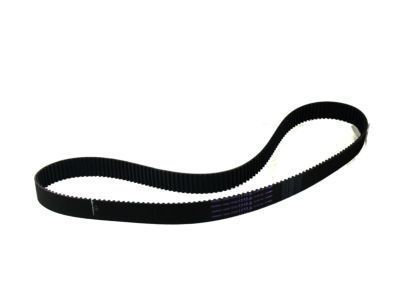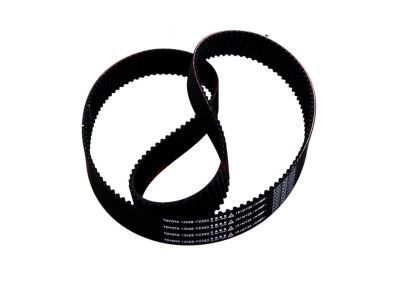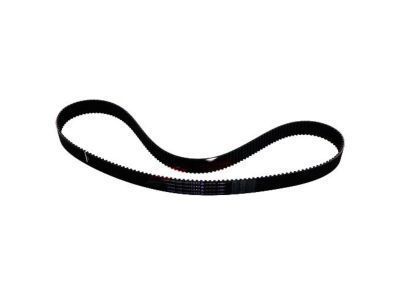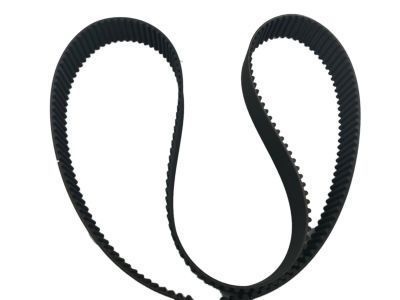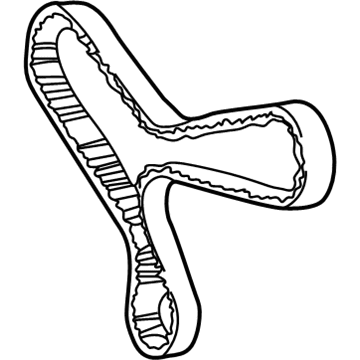×
ToyotaParts- Hello
- Login or Register
- Quick Links
- Live Chat
- Track Order
- Parts Availability
- RMA
- Help Center
- Contact Us
- Shop for
- Toyota Parts
- Scion Parts
My Garage
My Account
Cart
OEM 2000 Toyota 4Runner Timing Belt
Engine Timing Belt- Select Vehicle by Model
- Select Vehicle by VIN
Select Vehicle by Model
orMake
Model
Year
Select Vehicle by VIN
For the most accurate results, select vehicle by your VIN (Vehicle Identification Number).
1 Timing Belt found

2000 Toyota 4Runner Timing Belt
Part Number: 13568-YZZ03$58.42 MSRP: $81.32You Save: $22.90 (29%)Ships in 1-3 Business DaysProduct Specifications- Other Name: Belt Set, Timing; Engine Timing Belt; Timing Belt Kit
- Replaces: 13568-69095
- Item Weight: 1.00 Pounds
- Condition: New
- SKU: 13568-YZZ03
- Warranty: This genuine part is guaranteed by Toyota's factory warranty.
2000 Toyota 4Runner Timing Belt
Looking for affordable OEM 2000 Toyota 4Runner Timing Belt? Explore our comprehensive catalogue of genuine 2000 Toyota 4Runner Timing Belt. All our parts are covered by the manufacturer's warranty. Plus, our straightforward return policy and speedy delivery service ensure an unparalleled shopping experience. We look forward to your visit!
2000 Toyota 4Runner Timing Belt Parts Q&A
- Q: How to remove the timing belt on 2000 Toyota 4Runner?A: The timing belt cannot be removed in under three steps, starting with the removal of the engine under cover, draining the coolant and unattaching the upper radiator hose. Unplug PS pump and A/C compressor and take off fan, timing belt covers and pulleys. Check and install parts, make sure that they are aligned and fixed. Check leaks, refill coolant and road test.
